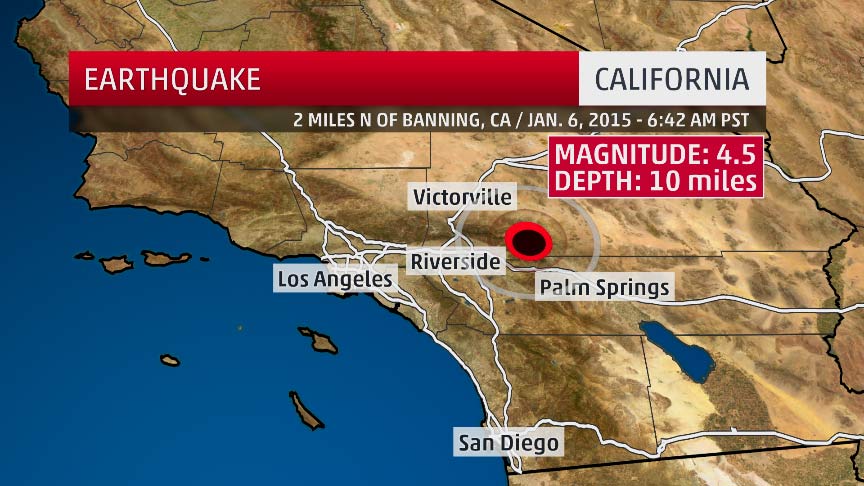


That is the amount of warming projected by the end of the 21 st century if greenhouse gas emissions remain high. This time, the research team is the first to show that warmer temperatures lead to a significant drop in the soil organic carbon compounds that are created by plants during photosynthesis.ĭuring an experiment at the University of California's Blodgett Forest Research Station in the foothills of California's Sierra Nevada mountains, the researchers used vertical heating rods to continuously warm 1-meter-deep (three-foot-deep) plots of soil by 4 degrees Celsius (7 degrees Fahrenheit). In the new study, Torn and first author Cyrill Zosso of the University of Zurich unveil a clearer picture of soil in a warming world. In 2021, Torn and her research team provided the first physical evidence that warmer temperatures lead to a significant drop in the carbon stocks stored in deep forest soils - a loss of 33% over five years. If we want soil to sustain carbon sequestration in a warming world, we will need better soil management practices, which can mean minimal disturbance of soils during forest management and agriculture," said Margaret Torn, a senior scientist in Berkeley Lab's Earth & Environmental Sciences Area and a senior author of the study. It also shows that in terms of carbon sequestration, there's no silver bullet. "Our study shows that climate change will affect all aspects of soil carbon and nutrient cycling. Research shows that disturbing the natural world for commerce has a price: the United Nations' Intergovernmental Panel on Climate Change has warned that emissions from deforestation and agriculture account for around a fifth of global greenhouse gases. But as global populations rise, so do our demands for new croplands and timber. Because of rich carbon stores from decades past, soils contain twice as much carbon as the atmosphere does, and deeper subsoils (more than 8 inches or 20 centimeters) account for roughly half of the soil carbon. During photosynthesis, plants store carbon in their cell walls and in the soil. The finding has implications for a key strategy in carbon management that relies on soil and forests - natural carbon "sinks" - to mitigate global warming.Ībout 25 percent of global carbon emissions are captured by forests, grasslands, and rangelands.


 0 kommentar(er)
0 kommentar(er)
